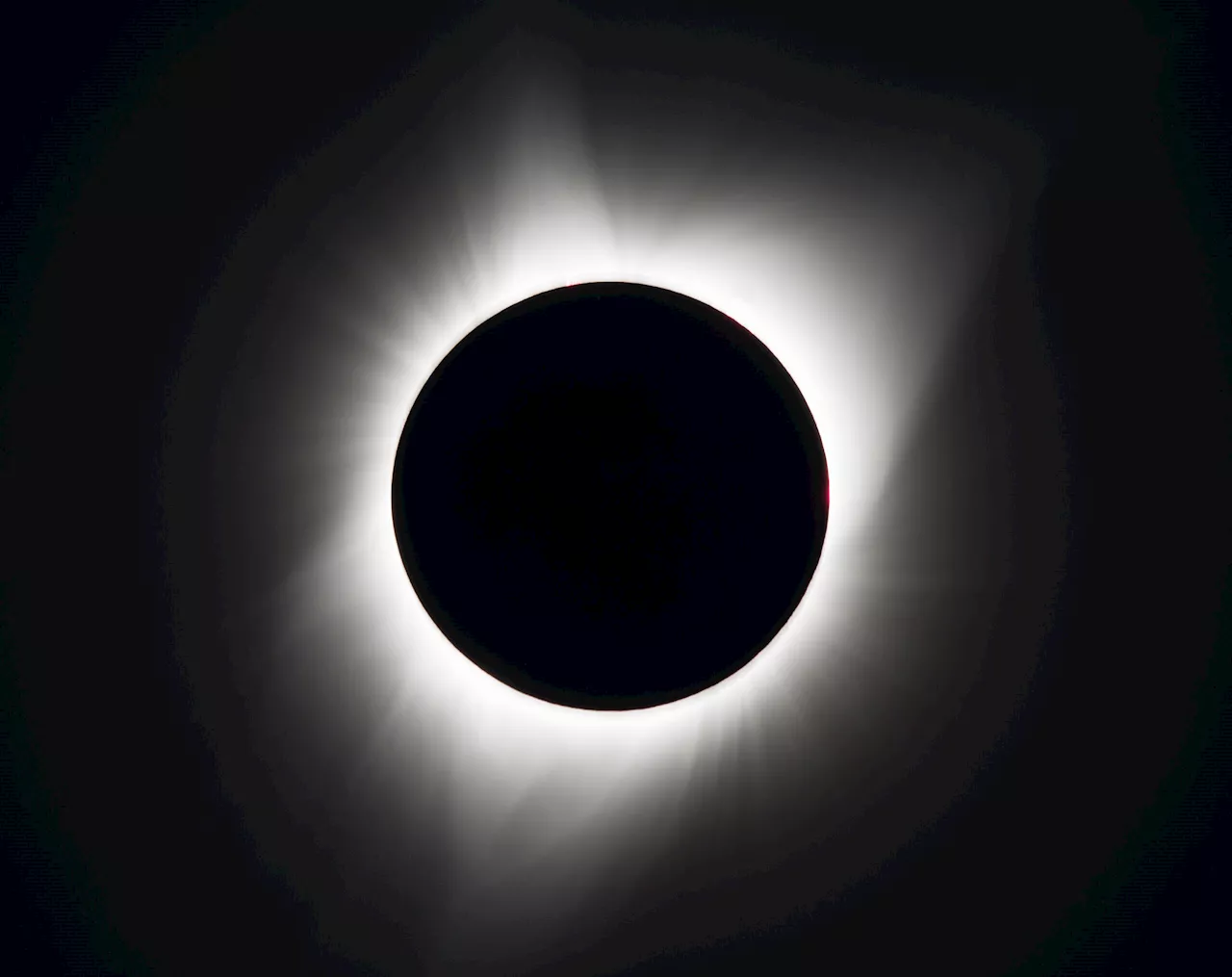For astrophysicists, the eclipse is a rare opportunity to study the sun — particularly its outer atmosphere, or the corona, which normally can’t be seen. Scientists are interested in the corona because it plays a key role in transferring heat and energy into the solar wind, the constant stream of charged particles released from the sun’s outer atmosphere.
For astrophysicists, the eclipse is a rare opportunity to study the sun — particularly its outer atmosphere , or the corona, which normally can’t be seen. One of the agency’s main priorities will be to observe the sun’s outer atmosphere , or the corona, which normally can’t be seen because the star is too bright. During a total solar eclipse, the corona comes into view as faint wisps around a glowing halo when the moon blocks light from the sun’s surface.
“Things are happening with the corona that we don’t fully understand, and the eclipse gives us a unique opportunity to collect data that may give insights into the future of our star,” Melroy said in a news briefing last week. Scientists are interested in the corona because it plays a key role in transferring heat and energy into the solar wind, the constant stream of charged particles released from the sun’s outer atmosphere
Astrophysicists Eclipse Study Sun Corona Outer Atmosphere Solar Wind
United States Latest News, United States Headlines
Similar News:You can also read news stories similar to this one that we have collected from other news sources.
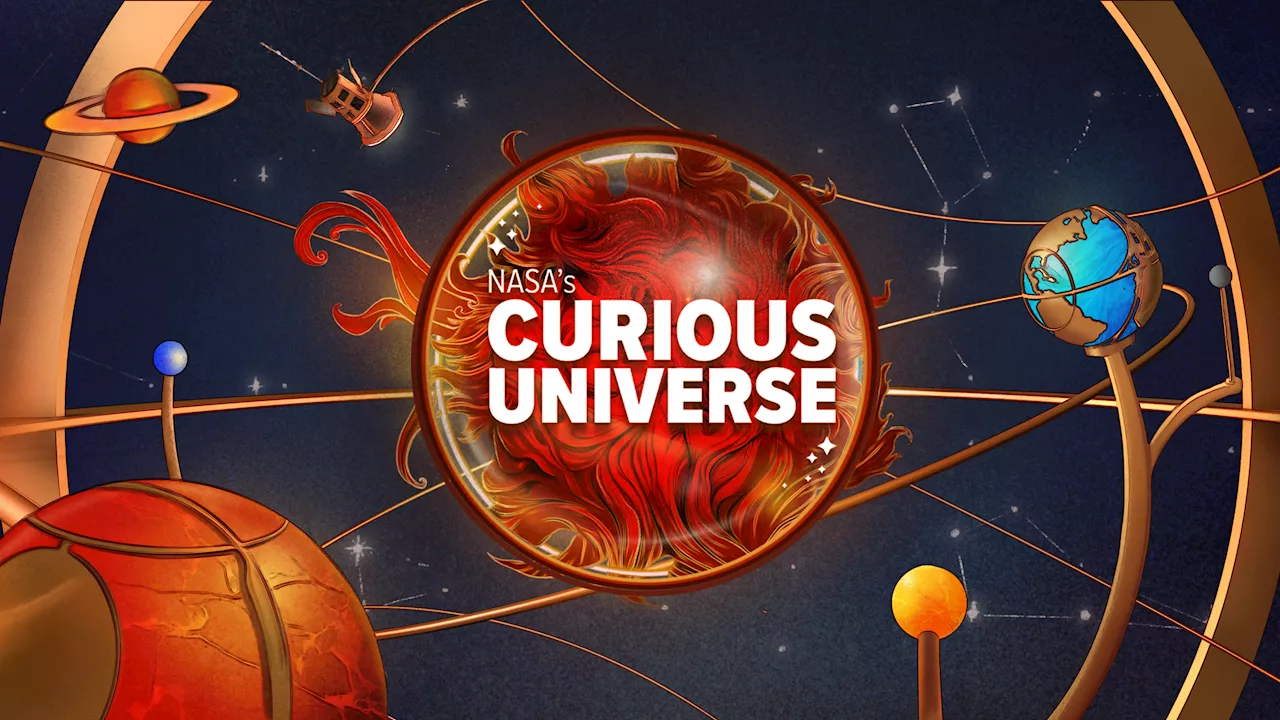 Sun Series: The Sun, Our StarListen to episode one of the Sun + Eclipse Series from NASA's Curious Universe Podcast
Sun Series: The Sun, Our StarListen to episode one of the Sun + Eclipse Series from NASA's Curious Universe Podcast
Read more »
 South Korean ‘artificial sun’ reaches 7 times the Sun’s core temperatureKorea's artificial sun, KSTAR, has set a new temperature record of 7 times that of the Sun's core thanks to new tungsten diverters.
South Korean ‘artificial sun’ reaches 7 times the Sun’s core temperatureKorea's artificial sun, KSTAR, has set a new temperature record of 7 times that of the Sun's core thanks to new tungsten diverters.
Read more »
 Scientists gear up to study solar eclipse with high-altitude planes and sun-orbiting probesFor the millions of people across North America who will be treated to a total solar eclipse on April 8, it will be spectacular show — a chance to see the…
Scientists gear up to study solar eclipse with high-altitude planes and sun-orbiting probesFor the millions of people across North America who will be treated to a total solar eclipse on April 8, it will be spectacular show — a chance to see the…
Read more »
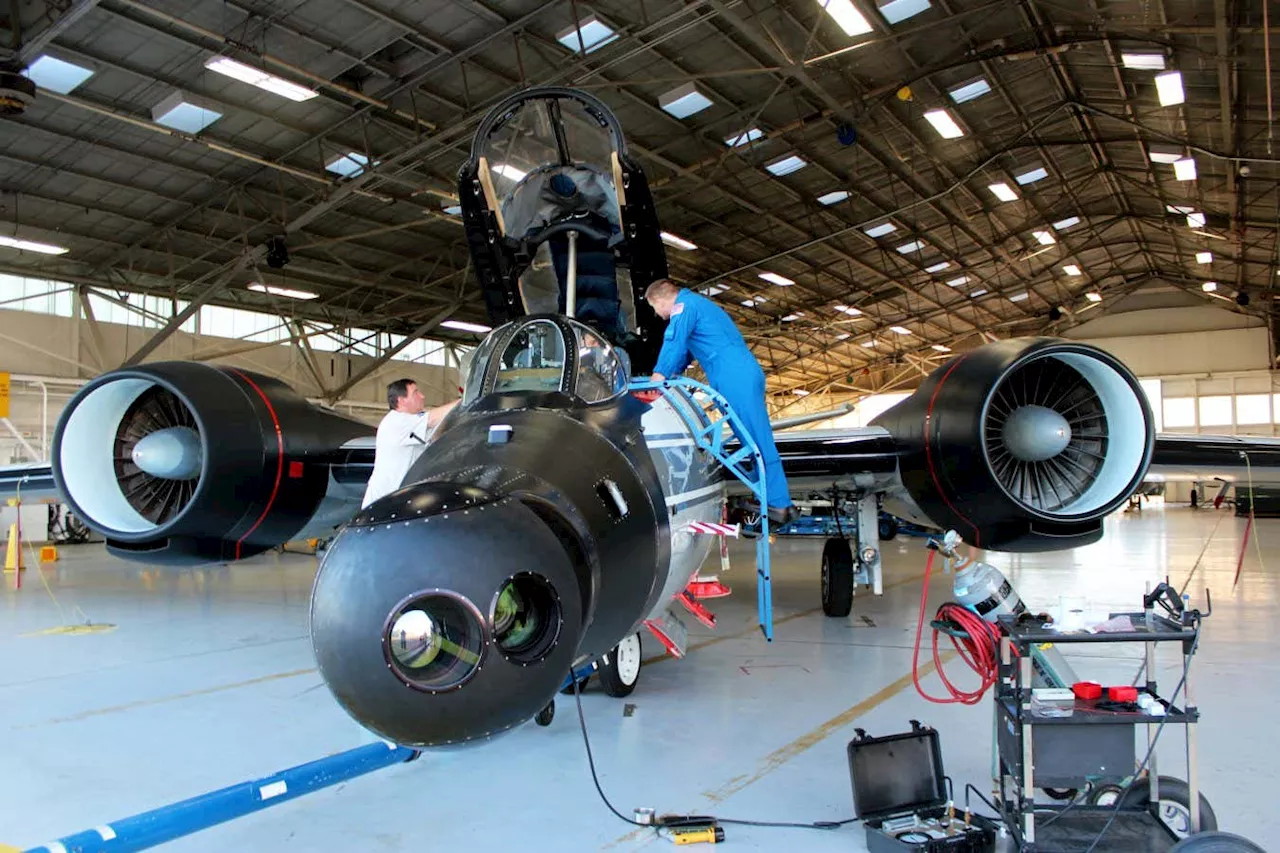 The ambitious plans to study the sun during April's solar eclipseSolar scientists have been preparing for years for a 4-minute window, during the total solar eclipse on 8 April, in which they will study the sun's corona
The ambitious plans to study the sun during April's solar eclipseSolar scientists have been preparing for years for a 4-minute window, during the total solar eclipse on 8 April, in which they will study the sun's corona
Read more »
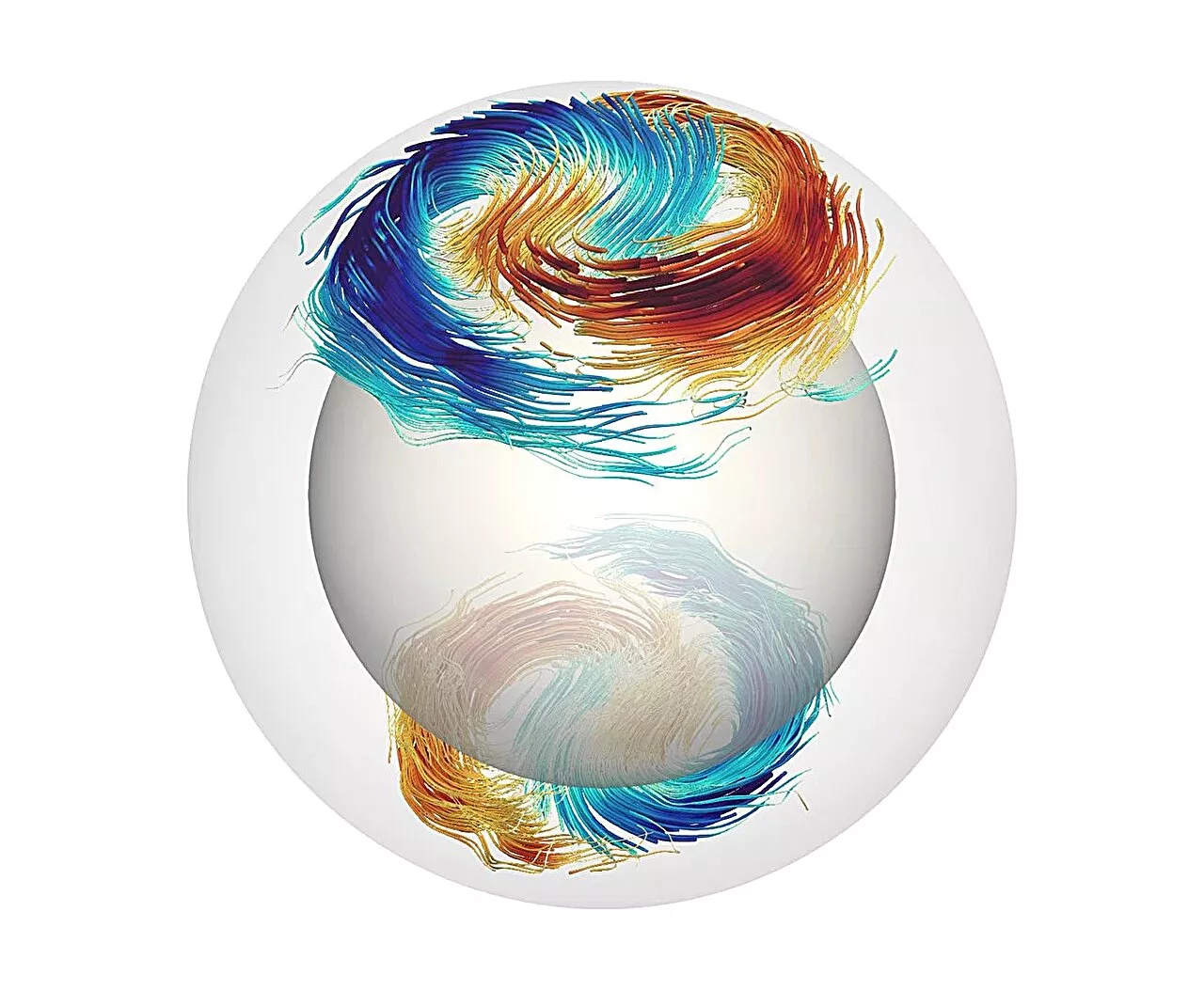 Long-period oscillations control the sun's differential rotation: StudyThe sun's differential rotation pattern has puzzled scientists for decades: While the poles rotate with a period of approximately 34 days, mid-latitudes rotate faster and the equatorial region requires only approximately 24 days for a full rotation.
Long-period oscillations control the sun's differential rotation: StudyThe sun's differential rotation pattern has puzzled scientists for decades: While the poles rotate with a period of approximately 34 days, mid-latitudes rotate faster and the equatorial region requires only approximately 24 days for a full rotation.
Read more »
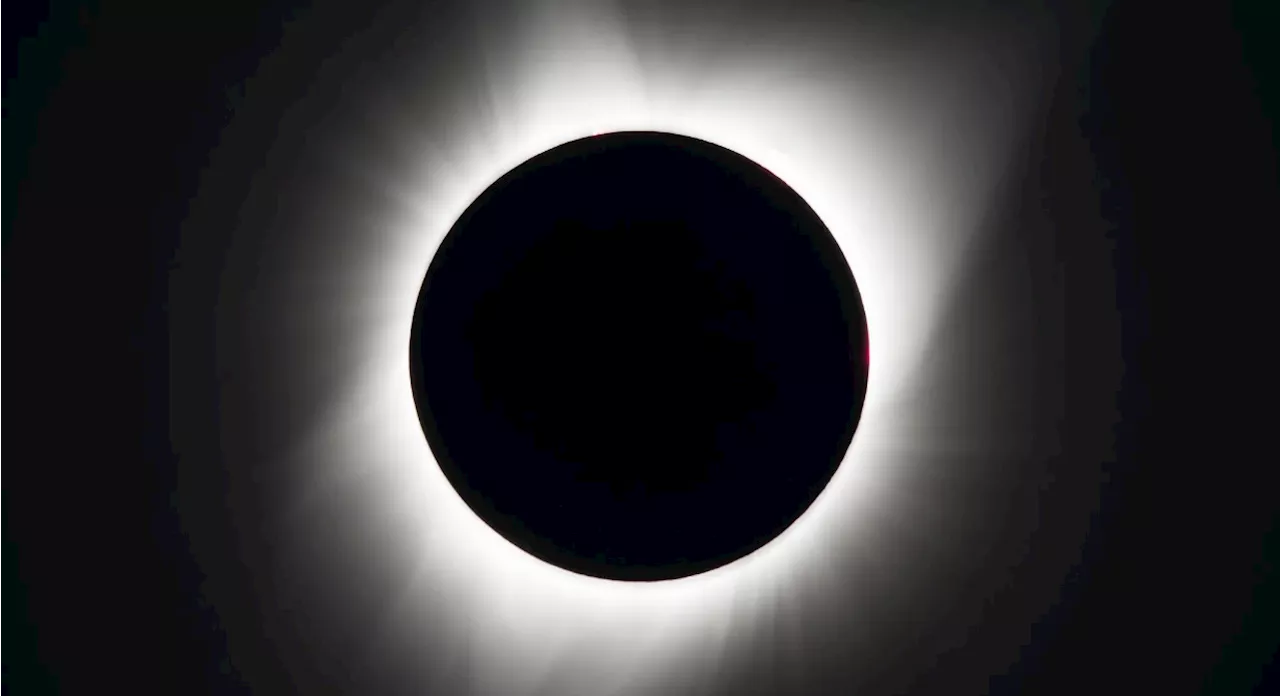 NASA Experiments Planned for the April 8th Total Solar EclipseTotality and the April 8th total solar eclipse offers a rare chance to study the Sun.
NASA Experiments Planned for the April 8th Total Solar EclipseTotality and the April 8th total solar eclipse offers a rare chance to study the Sun.
Read more »
